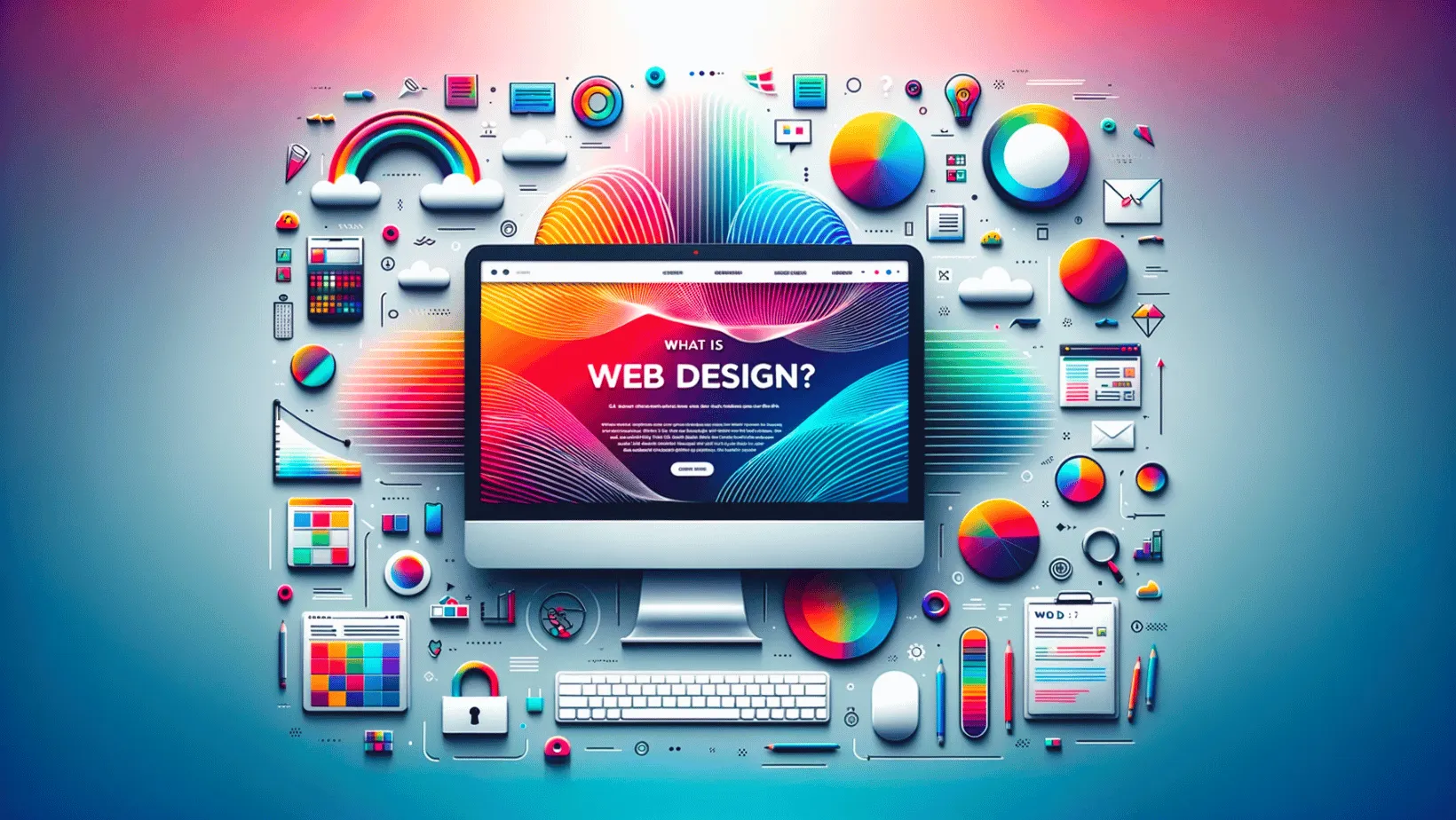Key Elements to Consider When Crafting an Effective Web Design Strategy
Key Elements to Consider When Crafting an Effective Web Design Strategy
Blog Article
Elevate Your Online Presence With Sensational Web Style Tips and Trends
The interplay of aesthetic allure, present design fads, and customer experience plays a critical duty in attaining this objective. The subtleties of efficient style extend beyond visual appeals; recognizing vital approaches for optimization can significantly impact your success.
Importance of Visual Allure
This figure underscores the essential function that aesthetics play in customer interaction and retention. Reliable visual style incorporates elements such as shade systems, typography, images, and layout, all of which contribute to a attractive and natural user experience.
Furthermore, an aesthetically enticing site infuses a sense of integrity and expertise. Users are much more most likely to rely on a website that looks well-structured and sleek, which can considerably affect conversion rates. On the other hand, a unsightly or messy style can lead to high bounce rates, as individuals might view the internet site as undependable or outdated.
Furthermore, the appearances of a site can convey brand identity and worths (Web design). Regular usage of branding components, such as logo designs and shade combinations, strengthens acknowledgment and promotes a deeper connection with the audience. To conclude, prioritizing aesthetic allure is important for producing appealing, credible, and brand-aligned online experiences that resonate with individuals
Current Design Trends
Modern website design is continuously progressing, and remaining updated with present trends is important for creating impactful on-line experiences. One noticeable pattern is the increase of minimalism, characterized by tidy lines, adequate white space, and a concentrate on vital components. This technique not just enhances use yet also allows material to take spotlight.
Furthermore, dark setting user interfaces have acquired appeal, offering customers with a visually striking choice while minimizing eye stress. This pattern lines up well with user preferences, providing a modern-day visual that is both stylish and functional.
An additional significant fad is the consolidation of vibrant typography. Designers are significantly using big, meaningful fonts to develop aesthetic hierarchy and communicate brand name messages successfully. Coupled with dynamic shade palettes, this pattern includes dynamism to internet pages.

Important Style Elements
Efficient website design depends upon numerous crucial style aspects that with each other create a engaging and cohesive individual experience. The first of these aspects is format, which determines just how content is arranged on the web page. A well-structured format not only improves readability yet additionally overviews users with the website effortlessly.
Shade plays an essential role in design, affecting feelings and brand name perception. A harmonious color combination can stimulate specific feelings and develop an aesthetic power structure, therefore drawing focus to crucial elements. Similarly, typography is crucial; the choice of font styles should align with the brand name identification and make sure legibility throughout devices.
Images, including graphics and photos, includes aesthetic passion and can connect messages rapidly. High-grade images pertinent to the web content improve the total aesthetic check my reference and interaction. Furthermore, whitespace is usually forgotten yet is important for producing balance. It aids avoid mess, enabling users to concentrate on the crucial elements without disturbance.
Last but not least, consistency throughout all style aspects click here for more info reinforces brand name identity and makes navigating intuitive. By carefully including these essential style aspects, web designers can produce functional and aesthetically enticing websites that astound visitors and encourage communication.
Individual Experience Optimization
A seamless individual experience is essential for retaining visitors and driving conversions on an internet site. Enhancing user experience (UX) entails comprehending your target market and tailoring design aspects to meet their needs successfully. Trick elements of UX optimization include instinctive navigation, quickly filling times, and clear phone call to activity.
Include breadcrumb trails to assist customers conveniently backtrack, lessening irritation. Rate is one more important variable; web sites should pack within 3 seconds to stop users from abandoning the site.
In addition, your internet site's style must prioritize clearness. Use clear typefaces, contrasting shades, and whitespace to create a visually appealing format that guides customers via content easily. Phone call to action ought to be plainly presented, making use of workable language that motivates users to engage.
Mobile Responsiveness Methods
Nearly fifty percent of all internet traffic currently originates from smart phones, underscoring the value of carrying out durable mobile responsiveness strategies. To make sure optimal user experience across different screen sizes, internet developers need to welcome a fluid grid layout that adjusts effortlessly to different tools. This approach enables web content to rearrange and resize without endangering performance or appearances.
Including versatile photos and media questions is vital. Pictures ought to automatically readjust their size according to the viewport, while media questions can detect tool characteristics and use customized CSS designs appropriately. This strategy improves tons times and ensures that individuals have a visually appealing experience.
Additionally, focus on touch-friendly navigating aspects. Buttons and web links need to be conveniently tappable, with adequate spacing to avoid great post to read misclicks. Avoiding hover-dependent interactions further improves use on touchscreens.
Last but not least, performing normal screening throughout various gadgets and web browsers is vital. Devices like Google's Mobile-Friendly Test can aid identify areas requiring improvement. By taking on these mobile responsiveness methods, companies can improve customer involvement, boost internet search engine positions, and inevitably drive conversions, therefore elevating their on-line existence properly.
Final Thought
By prioritizing aesthetic charm with current design patterns and important elements, companies can foster trustworthiness and involvement. Maximizing customer experience and ensuring mobile responsiveness are important for promoting seamless communication throughout devices.

Alternatively, a cluttered or unsightly style can lead to high bounce rates, as customers might regard the web site as untrustworthy or out-of-date. - Web design
Efficient internet style hinges on several essential design components that together create a engaging and cohesive user experience. Maximizing user experience (UX) includes recognizing your audience and customizing design aspects to meet their demands successfully.
Report this page